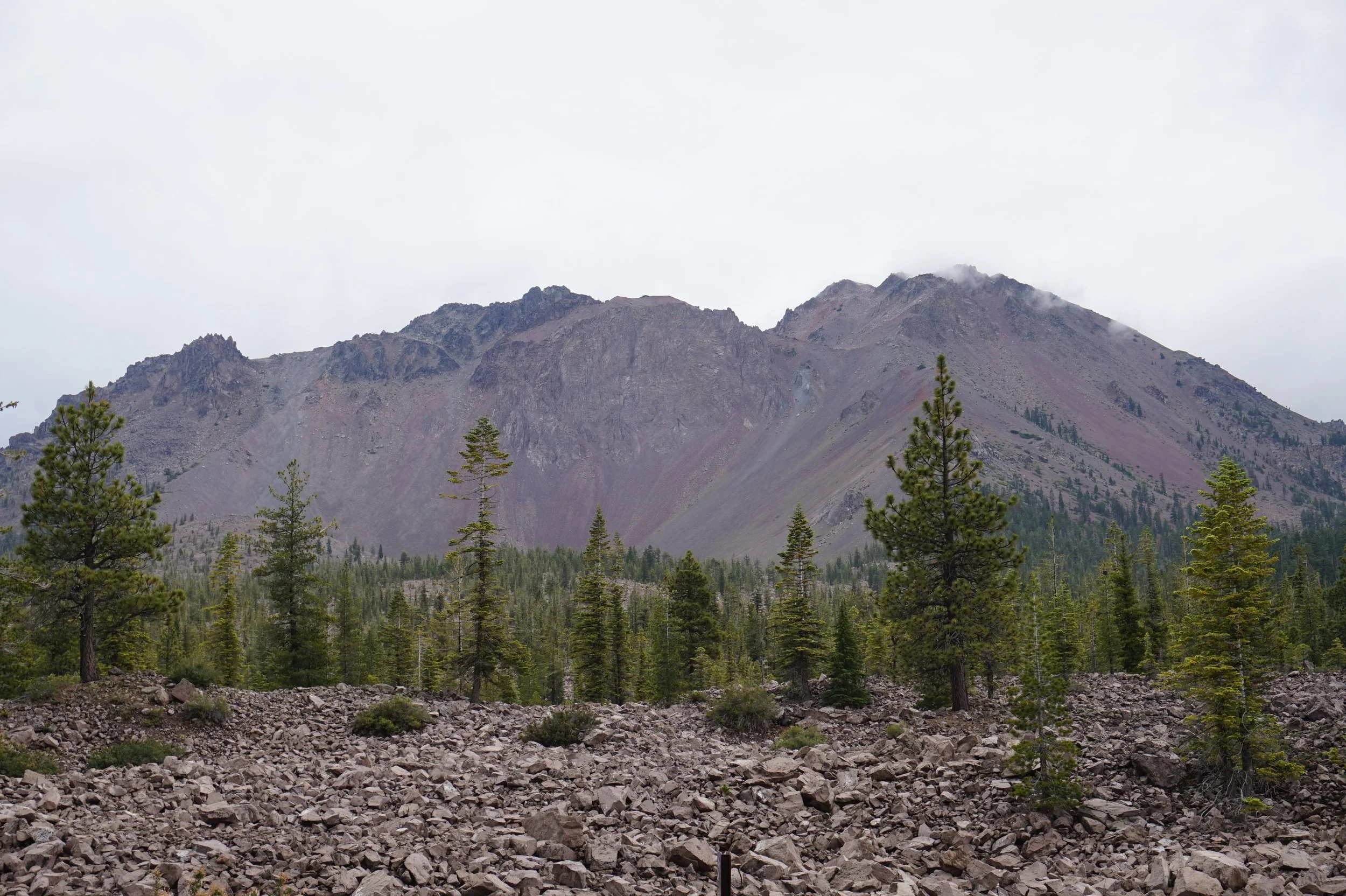On a rainy day, I made my way out of Albuquerque. It was time to explore.
The Very Large Array (VLA)
Locals refer to it as the VLA as if everyone should understand what a very large array is and then reference a series of movies which featured the VLA when you give them a blank look. The Very Large Array (VLA) is a radio astronomy observatory located about 50 miles west of Socorro, NM. There are 27 mobile radio satellites which have dishes 82 feet in diameter. You can see them in the movies Independence Day and Terminator (Skynet headquarters).
The VLA is different than other observatories because the satellites read radio waves instead of the visible light spectrum which means scientists can study space all day long. On top of being able to generate data 24 hours a day, the array can change its point of focus by changing the layout of the satellites. Each satellite can be moved along several rail tracks to create one of four main arrays. The satellites can be moved from its closest array (which you see in the movies) all the way out to its most spread out configuration where they are 22 miles apart (which is how they were arranged when I went).
This is technically the 28th one, but it's not operational.
White Sands National Monument
Someone told me I should make a point to camp in White Sands National Monument because it was like camping on the moon. I can’t say I can draw an accurate comparison since I’ve never camped on the moon. But, I can say White Sands is like nothing else I’ve seen. You don’t even need a space suit to go see it.
The white sand in White Sands is made of gypsum, a mineral which is rarely found in sand form due to how easily it dissolves in water. It’s a little coarser than beach sand, but still feels lovely under bare feet. I saw tons of people sledding down the dunes and running all around. The funniest thing I saw was a woman who was camped in the next site over from me playing in the sand climbing up and rolling down a dune with wild abandon. She did that for hours.
Camping in White Sands was fairly easy. There are 10 camp sites along a two mile loop which are assigned on a first-come basis. The cost is $3/night (a stellar price for getting to sleep on the moon). The only catch is the ranger at the visitor center tries their darn best to scare the living daylights out of you—at least they did to me. After talking to the ranger, I was convinced I might have signed up to die in the desert. This was my first time camping in the desert, on a sand dune, next to a missile test site, alone. So, I chose the closest camp site to the trail head just in case anything were to happen.
In hindsight, it was definitely overkill bringing almost a gallon of water for a 0.7 mile hike and there was no need to worry about losing the trail and getting woefully lost in the dunes. Once I had reached my camp site, I ended walking around the loop anyway. The trails were well marked and the temperature was hot but bearable. My biggest mistake was probably not bringing my book since there isn’t a whole lot to do being surrounded by sand dunes.
Carlsbad Caverns National Park
I happened to arrive at the visitor center ten minutes before they stopped allowing people to hike into the Carlsbad Cavern through the natural entrance. This was very lucky because hiking down over 700 feet into the cavern turned out to be an amazing opportunity. So, make sure you get to the cave before 3pm and walk down yourself. You can take an elevator back up.
Of the many things I had prepared for, such as the cooler climate in the depths of the cave, I was not prepared to walk around with a dropped jaw the entire time. From the hordes of cave swallows at the cave entrance to the abundant speleothems in the cave, there’s nothing in the cave that didn’t cue the “Ooo…ahhh” soundtrack in my head. Best of all was the immense feeling of personal minuteness. What do you think it was like for the people who first happened on the cave?
Here are some interesting things I learned:
- Speleothems are cave formations made by groundwater deposits.
- Can’t remember which one is the stalactite or stalagmite? G is for ground, C is for ceiling.
- Going into the cave is somewhat like going to the movies as both soda straws and popcorn are everywhere!
- Bring a tripod if you want to have your longer exposures turn out. There isn’t enough lighting in the cave.
- Cave formations eerily resemble the interior of an alien hive.
- SHH! Your voice will carry hundreds of feet from where you are.
- If you stay late enough, you can see a million bats leave the cave for the night feeding.










